This week, Apple launched a new physical product aimed at keeping track of your belongings: AirTag. These are small round tiles that you can attach to keys, bags and vehicles, allowing you to see where they are on a map. They also introduce a risk for people who are targets of domestic abuse.
In a time where men's violence against women must remain front and center in debate and legislation, it is important to shine a light on how new technology opens new doorways to terror and violence.
Apple's AirTag documentation does display obvious attempts at addressing the risks, while also revealing how very aware they are of the problem. But Apple lacks in transparency and their efforts fall short. We need to talk about how technological innovation often succeeds in making life easier for many, while the most vulnerable need to manage yet another risk to their own lives and health.
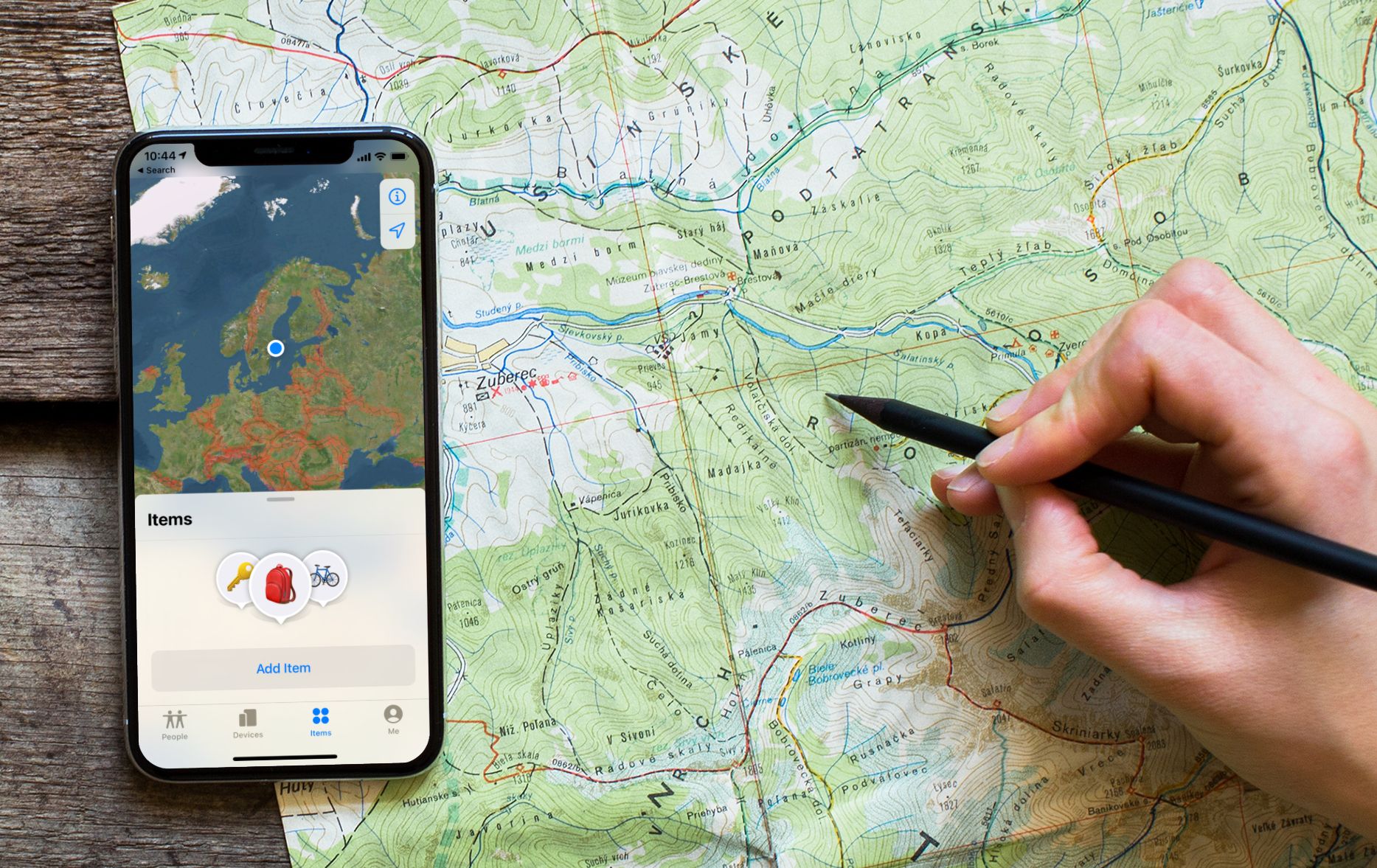
This is how the tiles work
In favor of a long battery life, these tags do not contain anything as advanced as an internal positioning system. Their function relies on everyone with an iPhone constantly picking up low-energy signals from these tags that will soon be in abundance across the world. Each iPhone then reports the location of the tag (anonymously), making it possible for the owner of the tag to see its most recent location and how long ago since it was "found" by any iPhone.
To see the tag on a map, you use Apple's pre-installed app, "Find". This is the same app that allows you to see your other Apple devices as well as people who, hopefully, have given their consent to be tracked by you.
If I have placed an AirTag in a bag, I can potentially see where it is in a completely different country. This is thanks to people with an iPhone passing in its close vicinity, and the phones automatically reporting my tag's location.
Attempts at safety thinking
Let's say that the bag I put an AirTag in is not my bag at all, but my partner's. And let's say I put it in the bag in a hidden way without them knowing. Then it works like this:
- If my partner has an iPhone, they get a security notice telling them that an unknown item that is not their own seems to be "moving" with them.
This security measure works as long as no one turns off the feature on their iPhone. Which is what an abuser could do on his partner's phone. This is what the warning message looks like when you turn off that "Item Safety Feature":
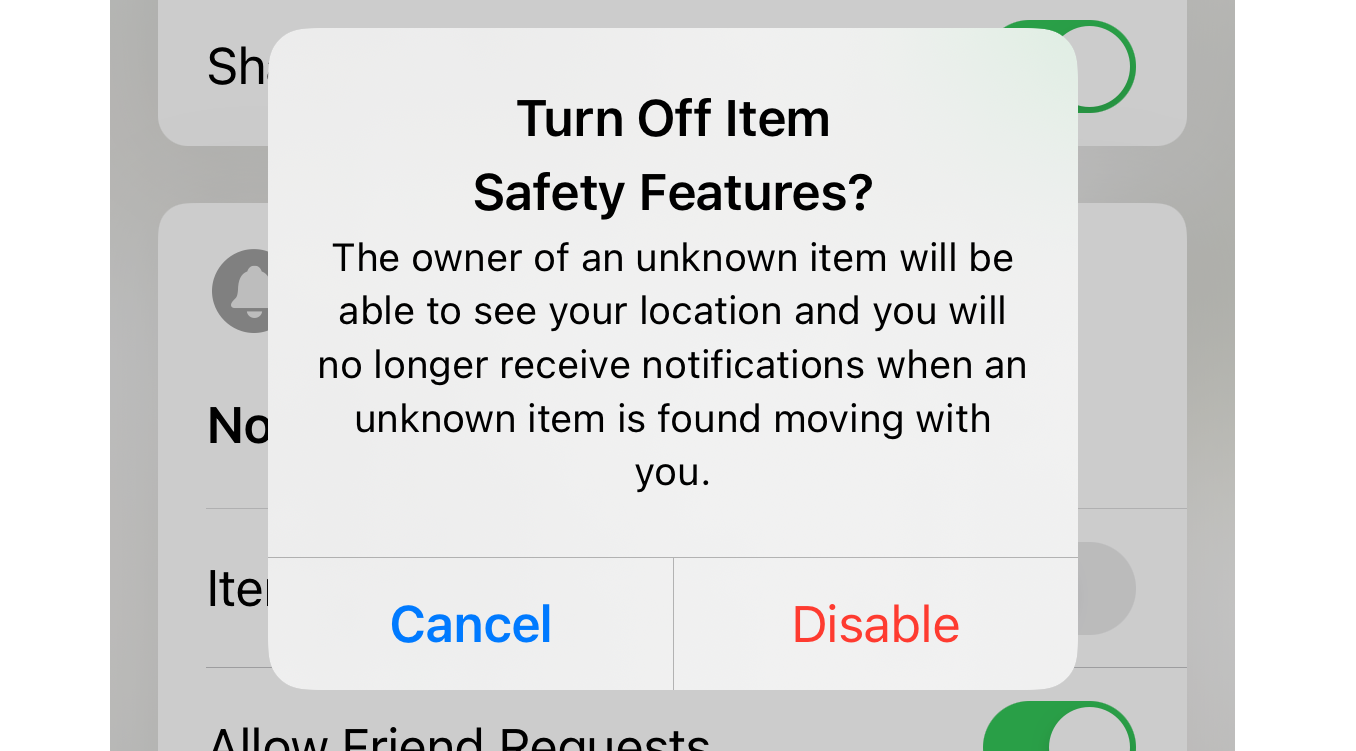
Message text:
Turn Off Item Safety Features? The owner of an unknown item will be able to see your location and you will no longer receive notifications when an unknown item is found moving with you.
There are a few things to reflect on here.
- If I turn off notifications, others will be able to track me without my knowledge. That is what the message explicitly says. And there is no global setting to turn off the ability of others to track me using an AirTag. I can disable an AirTag only after I suspect it is tracking me.
- The language choice leaves a lot to be desired. Calling this an "item" does not help a lot of people understand what it's really about. If I do not know what AirTags are, who knows how I will react to a message saying that an "item is moving with you." Getting a majority of people worldwide to understand the potential meaning of such a warning message is challenging to say the least.
Unfortunately, I can not show what a warning notice about an item that is stalking me looks like because it hasn't happened to me yet, but just knowing that such a message exists presents some critical issues that have not been communicated:
- To draft these warning notices, has Apple worked with women's shelters and similar organizations for vulnerable people, making sure to write a message that takes into account the situation and experiences of those who have lived through abuse?
- Has there been research done on the potential trauma of receiving notifications about items that are following them, for people who have been exposed to abuse and stalking? If you truly want to avoid these notifications, and turn them off, the reality is that this only exposes you to being tracked without warnings.
If you come across a notice about an "item" stalking you, there is an option to deactivate the object so that you no longer share your position with this specific AirTag. You then have to go through a few steps on screen, and likely need some understanding of what you are doing. What this deactivation could mean for someone being tracked by a violent person should also be a cause for concern.
Anyone who does not have an iPhone is mostly unprotected
Note that this is an Apple product that is integrated with features found in the iPhone. If an abuser has an iPhone and the victim has an Android phone – or even an older iPhone that does not support AirTag – it will of course be impossible to get an on-screen warning.
Apple appears to be saying that the way this is addressed is that AirTag starts playing a sound when it has been out of range from the owner's iPhone for a longer period of time. In a perfect world, this gives other people the opportunity to find their lost property and notify the owner that it has been found.
However, that sound will not start playing until after a few days, as the tag is also intended for checked luggage at airports. The setting is currently 3 days , although Apple appear to have indicated that this can change when they learn more about how the tag is used. When it comes to domestic violence, it's of course unlikely that the targeted individual will be away from home for long periods, which means that sound will never play. The tag is back in the owner's vicinity every day.
And those times the sound is actually played after 3 days the important questions are how loud it sounds, how often it sounds and whether we can be sure the tag is not placed or handled in such a way that the sound fails to reach the person who needs to hear it.
Three days is also the time it can take to dump your phone and travel to a shelter. That is not the point in time you want to hear a sudden beep from a hidden compartment in your bag.
Eva PenzeyMoog is the founder of The Inclusive Safety Project, focused on ending tech-facilitated domestic violence. She adds to this concern:
Leaving is the most dangerous time for survivors and it's when they're most likely to be murdered and become victims, because the abuser has lost all control, and murder is the end all be all way to regain that control over someone. And if this device helps him find her?
Read Eva's full thread on Twitter.
Tracking as part of everyday life
Anyone who has followed tech development over the past decade can rightly claim that this tag is far from the only way to track someone down with modern technology. Google , Facebook , GPS data in photos and geotagging on Instagram are some obvious examples of services that provide sensitive data on your whereabouts. All of them can facilitate abuse.
This type of device is also not new. For many years there has been a badge called Tile that promises the same smooth way of tracking belongings. Tile is not linked to an operating system, but to an app that you yourself choose to install. In the same way, however, the app is used on one's own phone to pick up signals from all Tile tags and report back locations to the owner.
Three years ago, a woman in Texas told the story of how she found a Tile device in her car's console. It dawned on her that her ex had been following her for a long time and she finally understood how her ex had come to randomly appear in the same places as her: in restaurants, at different friends' homes and at one point on a longer trip away from home. She also described how difficult it was for the police to obtain information about the account linked to the stalker's Tile device.
While tempting for some, when we look at the AirTag devices, we can not buy into arguments such as "others do it too", "others do it worse", "some people do benefit", "this seems very unlikely" or "but they have tried so hard... ".
Every new innovation always has the opportunity to learn from the mistakes of others, and their negative impact. In this case, Apple has not made clear how their product can truly avoid affecting safety and wellbeing in the ways I have described above, though it's obvious iPhone users get more concern than Android users.
For a company that has been pushing their focus on security and integrity in recent years, and how this distinguishes them from other tech giants, I expect better communication.
When it comes to introducing a new way of tracking, it also means offering abusers redundancy in their efforts. If one method fails, there are more sources of information. And anyone struggling to manage any of these surveillance methods must now be aware of yet more products and their workings. The phone itself is often identified as a danger, but an AirTag can track you even when you leave your phone at home, and then of course you also get no warning.
And speaking of notifications alerting that "an item is moving with you", it may also be appropriate to consider how many people would just close those quickly without understanding or bothering with what they're about.
A strong voice that benefits will tend to ignore a weak voice that gets hurt
It's highly unlikely that I will be harmed by AirTag devices. On the contrary, as a tech nerd with purchasing power, I can buy myself a bunch and enjoy a newfound ability of keeping track of all my expensive possessions and their whereabouts. Even my dog might be a candidate.
This is how it works. Many people will find that this is a fantastic product that really does help them. It gives them an increased sense of security. At the same time there is a group of people with impaired wellbeing who will feel an increased sense of insecurity. A group that will not be heard as much. People with more to lose by speaking up. Who often need to be anonymous and seen at the same time.
When the media now undoubtedly will write reports about the the potential abuse, my hope is that they do not blindly trust companies' as technical "fixes" and measures are introduced regarding some of the problems I have highlighted here. Whether future measures really hold up under scrutiny should not be asked of the companies themselves, but of those who feel their real impact.
If those whose lives are improved by technology always become advocates for the products and services that benefit themselves but negatively affect others, it becomes difficult to encourage product development that benefits those whose needs are consistently ignored.
This article is also available in Swedish.
Further reading
- If this topic is of interest to you, I strongly encourage you to buy Eva Penzeymoog's book Design for Safety. You can also support her work on Patreon.
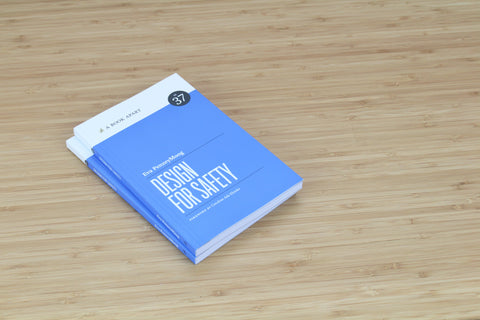
We also interviewed Eva on UX Podcast:

References
- Thread by Ben Adida on Twitter: "thoughts on airtags, the physical trackers Apple released today to help you find personal items you might misplace".
- The Inclusive Safety Project "makes digital spaces safer for everyone through centering survivors of domestic violence".
- AirTags separated from owners for three days or more play audible sound when moved (MacRumors)
- Houston woman says ex used 'Tile' device to stalk her repeatedly (ABD Eyewitness News)
- How Your iPhone Could Tell If You're Being Stalked (Malwarebytes Labs)
- Thanks to James who first pointed out the dangers of the new AirTag product to me.









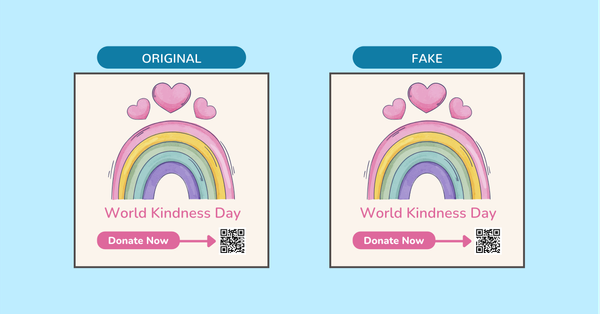


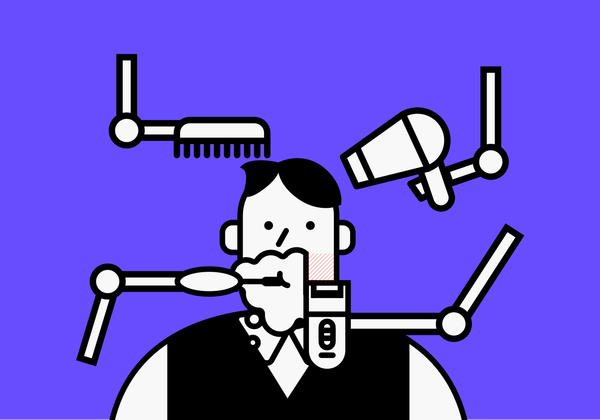
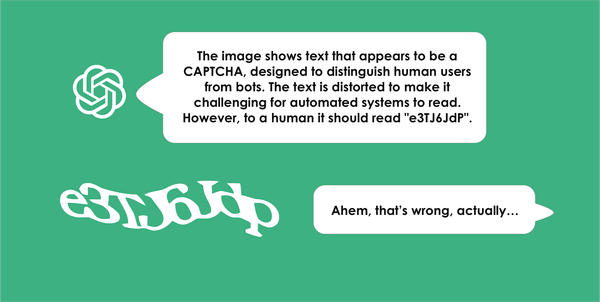
Member discussion